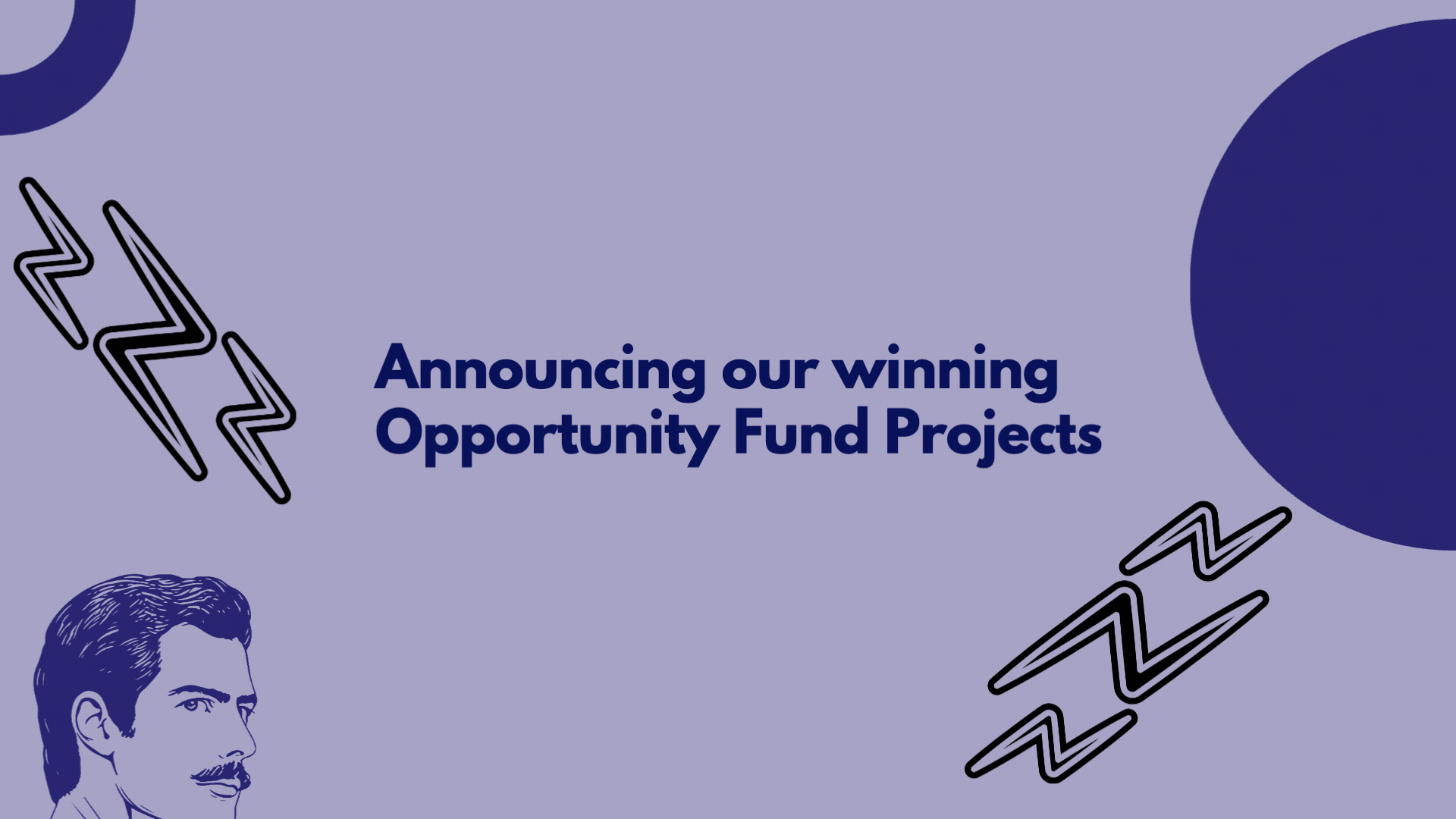In the field with AuScope and H2EX
ANU student Jack Dent, local resident Tiffany Kimber and Dr Sima Mousavi (centre) and Filip Bozinovic, ANU (far right) deploying seismic instruments on the Eastern Eyre Peninsula. Image: ANU Seismic Team
In a global first, AuScope’s NCRIS-enabled Earth Imaging teams from the University of Adelaide and ANU have partnered with H2EX Ltd in a CRC-P program to generate new crustal geological models of the eastern Eyre Peninsula in South Australia. The goal: to shed light on a potential new energy source.
“Gold” hydrogen
As the world transitions to a low-carbon economy, new sources of clean energy are required. Natural hydrogen emissions may provide an exciting opportunity to meet this demand. To date, most discoveries have been made serendipitously during drilling for other resources. The source of hydrogen deep in the Earth’s crust and its migration and trapping mechanisms is not yet understood.
Sources of naturally occurring hydrogen have been identified in South Australia, where H2EX has an exploration license and other prospective acreage. Image: AuScope
‘Gold’ hydrogen refers to naturally occurring hydrogen gas that accumulates in the Earth's subsurface and is considered valuable and highly sought-after. It is a naturally occurring gas which accumulates in the Earth's subsurface. Hydrogen seeps have been measured in a number of places around the world, including the Bourakebougou Field in Mali, which is now generating electricity from a small power station.
Powering discovery
The CRC-P program led by H2EX, an Australian-owned renewable natural hydrogen technology company and supported by AuScope’s Earth Imaging teams from The University of Adelaide and Australian National University, and Black & Veatch, a global engineering company are developing green and passive exploration techniques to accelerate the discovery of natural hydrogen. Their research into extraction solutions will provide a clear pathway to drill and extract the lowest-cost hydrogen, which is expected to be up to 75% cheaper than manufacturing hydrogen.
“The University of Adelaide and ANU teams are excited to be involved in a new and evolving industry with potential impact as we transition to a low-carbon economy. It’s a rare opportunity to understand where hydrogen is generated and how it migrates to the surface.”
– Prof Graham Heinson, University of Adelaide
In the field
The AuScope Earth Imaging teams are using co-located broadband magnetotelluric and passive seismic instruments in a 150-site survey during March 2024, covering an area about 50 km by 50 km around the towns of Cleve and Cowell. Data from the sensors will be used to generate models of Earth’s physical properties to a depth of 20 km, yielding new information about deep sources of natural hydrogen and potential pathways along shear zones and faults, along which the hydrogen migrates to the surface. The imaging program will be completed in 2024, followed by identifying potential targets for exploration and testing in 2025.
Georgina and Nicola inserting a steel casing, and Dr Graeme Beardsmore inserts high-precision temperature sensors into the instrument casing. Image: David Chittleborough
Activity
AuScope teams are currently in the field deploying 150 passive seismometers and collecting broadband magnetotellurics at all 150 sites during March 2024.
Key Dates
Q1 2024 field program
Q4 2024 field program
Identify natural hydrogen accumulation targets for exploration drilling Q1 2025
Final report and geological interpretation Q2 2025
Future Impact
With growing interest in natural hydrogen around the world, the results of this CRC-P will have a global impact on how the nascent industry develops over the next decade.
We acknowledge First Nations Peoples as the Traditional Custodians, Lore Keepers and first scientists of this land. We pay our respects to their Elders, past and present, and extend our respect to all First Nations Peoples.
Curious to know more
Discover more Earth Imaging & Sounding activity here.
STORY IN A NUTSHELL
AuScope's NCRIS enabled Earth Imaging teams join forces with H2EX Ltd in a CRC-P program to explore the potential of the eastern Eyre Peninsula in South Australia as a source of natural hydrogen.
AUTHORS
Prof Graham Heinson & Dr Caroline Eakin
Edited by Philomena Manifold
PROJECT
CRC-P Program: Accelerating exploration and extraction of renewable natural hydrogen
COLLABORATORS
H2EX Ltd
University of Adelaide
ANU
Black and Veatch
DATES
September 2023 to June 2025
EQUIPMENT
Broadband MT instrumentation
SmartSolo 3C passive seismometers
FURTHER READING
‘Gold’ hydrogen: natural deposits are turning up all over the world – but how useful is it in our move away from fossil fuels? | The Conversation






